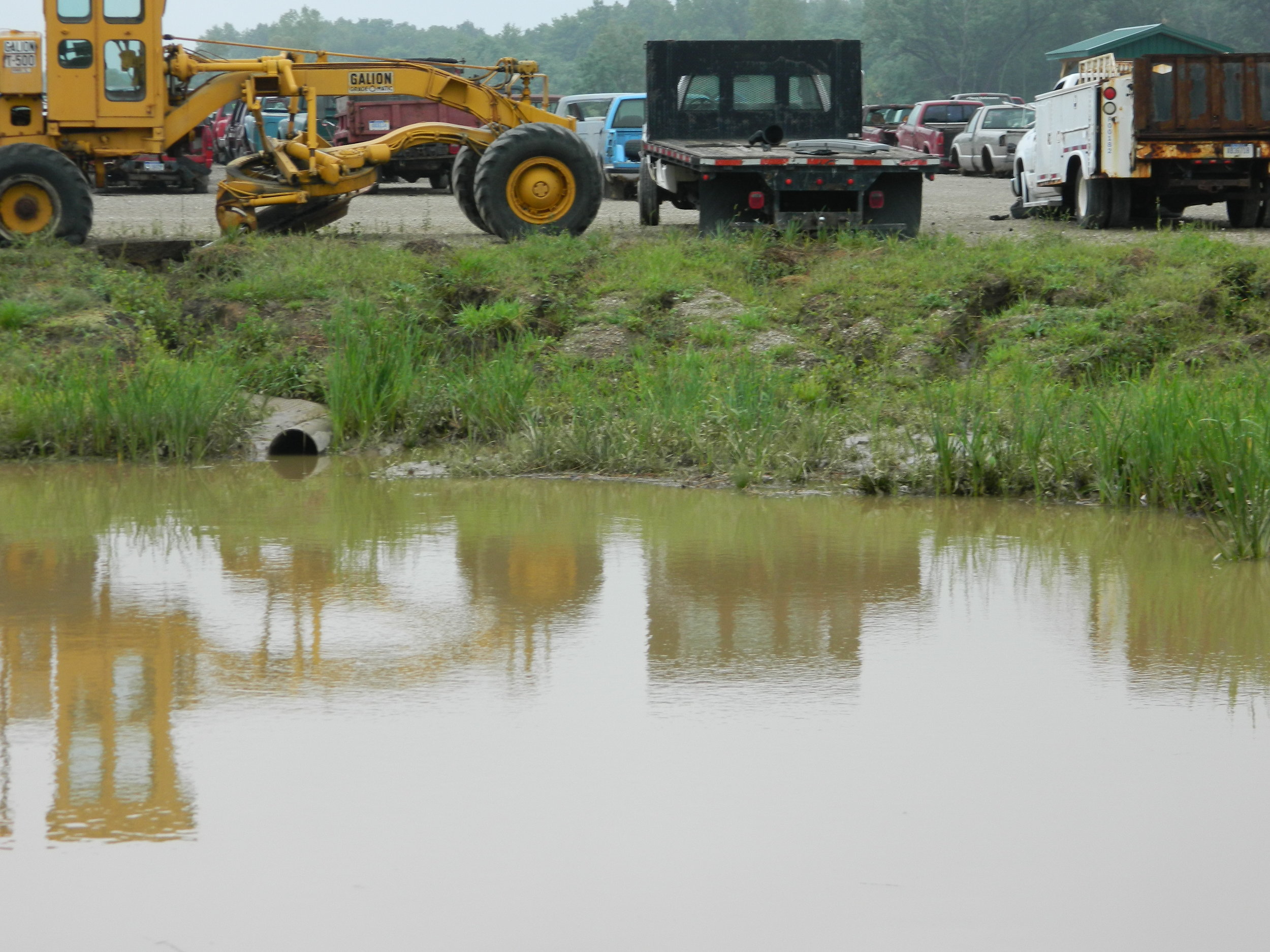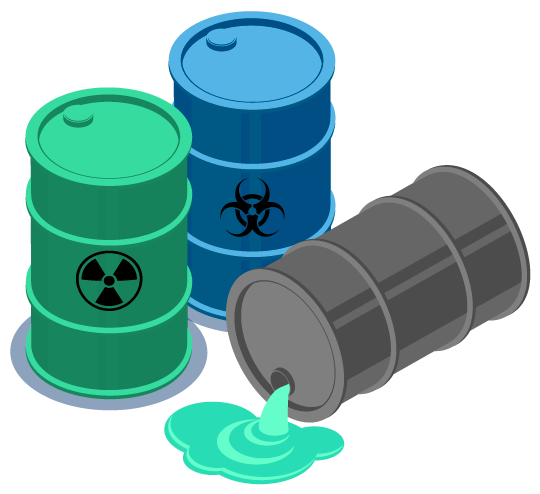Exactly How Fluid Waste Disposal Functions: A Detailed Overview of Techniques and Technologies Utilized

Review of Liquid Waste Kind
The complexity of liquid waste kinds necessitates a detailed understanding of their characteristics and effects for disposal. Fluid waste can generally be classified right into several kinds, consisting of industrial, community, farming, and contaminated materials. Each group shows distinct homes, needing certain administration strategies to alleviate environmental and health threats.
Industrial fluid waste stems from making processes and frequently has a variety of impurities, such as heavy steels, solvents, and natural compounds. Municipal liquid waste, primarily comprising wastewater from homes and business facilities, consists of natural issue, nutrients, and microorganisms (industrial wastewater treatment). Agricultural fluid waste, consisting of runoff from ranches, might contain fertilizers, pesticides, and pet waste, presenting threats to water quality and ecological communities
Unsafe liquid waste is characterized by its toxicity, sensitivity, or potential to trigger injury. Understanding these diverse liquid waste types is vital for developing effective disposal techniques and making certain compliance with ecological laws.
Physical Treatment Methods

Screening is the initial action, where larger fragments and particles are removed from the fluid waste utilizing displays or grates. This procedure safeguards downstream equipment from damages and ensures smoother procedure. Following testing, sedimentation makes use of gravitational force to separate solids from fluids. In sedimentation storage tanks, larger bits clear up near the bottom, creating a sludge layer, while the made clear liquid can be additional treated.
Filtering is an additional necessary approach that entails passing the fluid through permeable products, such as sand or membranes, to catch smaller fragments. This step enhances the top quality of the liquid, making it appropriate for succeeding treatment processes.

Chemical Therapy Methods
Chemical treatment techniques are crucial for properly taking care of liquid waste, particularly in dealing with dissolved and colloidal contaminants that physical approaches might not properly get rid of. These methods utilize different chemical agents to reduce the effects of, speed up, or change harmful materials into much less damaging kinds.
One common method is coagulation and flocculation, where chemicals such as alum or ferric chloride are included in advertise the aggregation of put on hold particles. This procedure improves sedimentation, permitting for simpler removal of the resulting sludge. Additionally, oxidation processes, utilizing representatives like chlorine or ozone, are employed to damage down complex natural substances and microorganisms, making the waste safer for discharge or further treatment.
Neutralization is another important technique, which changes the pH of acidic or alkaline waste streams to neutral levels, stopping possible injury to downstream systems and the setting. Furthermore, progressed oxidation processes (AOPs) utilize combinations of oxidants and browse around this web-site ultraviolet light to degrade consistent contaminants, achieving a higher level of therapy effectiveness.
Biological Therapy Procedures
Organic therapy procedures play a critical role in the monitoring of liquid waste by using microorganisms to decay organic matter and reduce pollutant levels. These procedures can be broadly categorized into cardio and anaerobic therapies, each employing specific microbial communities to accomplish efficient waste deterioration.
Cardio therapy entails the usage of oxygen to promote the malfunction of organic materials by bacteria. This process is frequently carried out in turned on sludge systems, where aeration storage tanks provide a conducive environment for microbial growth, resulting in the oxidation of natural contaminants. The resultant biomass can be divided from dealt with effluent with sedimentation.
On the other hand, anaerobic treatment takes place in the absence of oxygen, depending on various bacteria to damage down natural matter. This technique is especially beneficial for high-strength waste, as it produces biogas, an eco-friendly power resource, while minimizing sludge production. Technologies such as anaerobic digesters are frequently utilized in commercial and metropolitan applications.
Both aerobic and anaerobic biological therapies not only reduce the see this website ecological impact of fluid waste yet additionally facilitate source healing, making them vital parts of lasting waste administration strategies. Their performance, efficiency, and versatility support their extensive implementation throughout numerous sectors.
Emerging Technologies in Disposal
Innovative methods to fluid waste disposal are rapidly progressing, driven by developments in modern technology and an enhancing emphasis on sustainability. Amongst these arising technologies, membrane bioreactors (MBRs) have acquired traction for their capability to incorporate biological treatment with membrane filtration, causing high-quality effluent that can be recycled in numerous applications. MBRs allow smaller sized footprints and much more effective procedures contrasted to traditional systems.
One more promising development is using anaerobic digestion combined with nutrient healing modern technologies, which not only deals with liquid waste but additionally creates biogas and recuperates important nutrients like nitrogen and phosphorus. This twin advantage boosts resource effectiveness and minimizes environmental influence.
In addition, advanced oxidation procedures (AOPs) are being adopted for the degradation of complex organic toxins. These approaches utilize powerful oxidants and drivers to damage down contaminants at the molecular degree, offering an extremely effective service for difficult waste streams.
Moreover, the combination of expert system and artificial intelligence in waste management systems is optimizing functional efficiency and anticipating upkeep, bring about minimized prices and improved ecological conformity. These modern technologies show a considerable shift towards even more reliable and lasting liquid garbage disposal methods.
Final Thought
In conclusion, reliable liquid waste disposal necessitates a thorough understanding of different methods and innovations. By continuously progressing these techniques, it ends up being feasible to attend to the expanding difficulties linked with fluid waste, eventually adding to environmental security and source recovery.
Liquid waste disposal is an important element of environmental management, needing a comprehensive understanding of different strategies and modern technologies tailored to different waste types. Liquid waste can extensively be categorized right into several types, including commercial, community, farming, and dangerous waste. Agricultural liquid waste, including runoff from ranches, might contain fertilizers, pesticides, and animal waste, positioning dangers to water quality and environments.
Different physical treatment approaches play an essential function in managing liquid waste effectively - industrial wastewater treatment.In final thought, effective liquid waste disposal requires a comprehensive look here understanding of numerous techniques and innovations